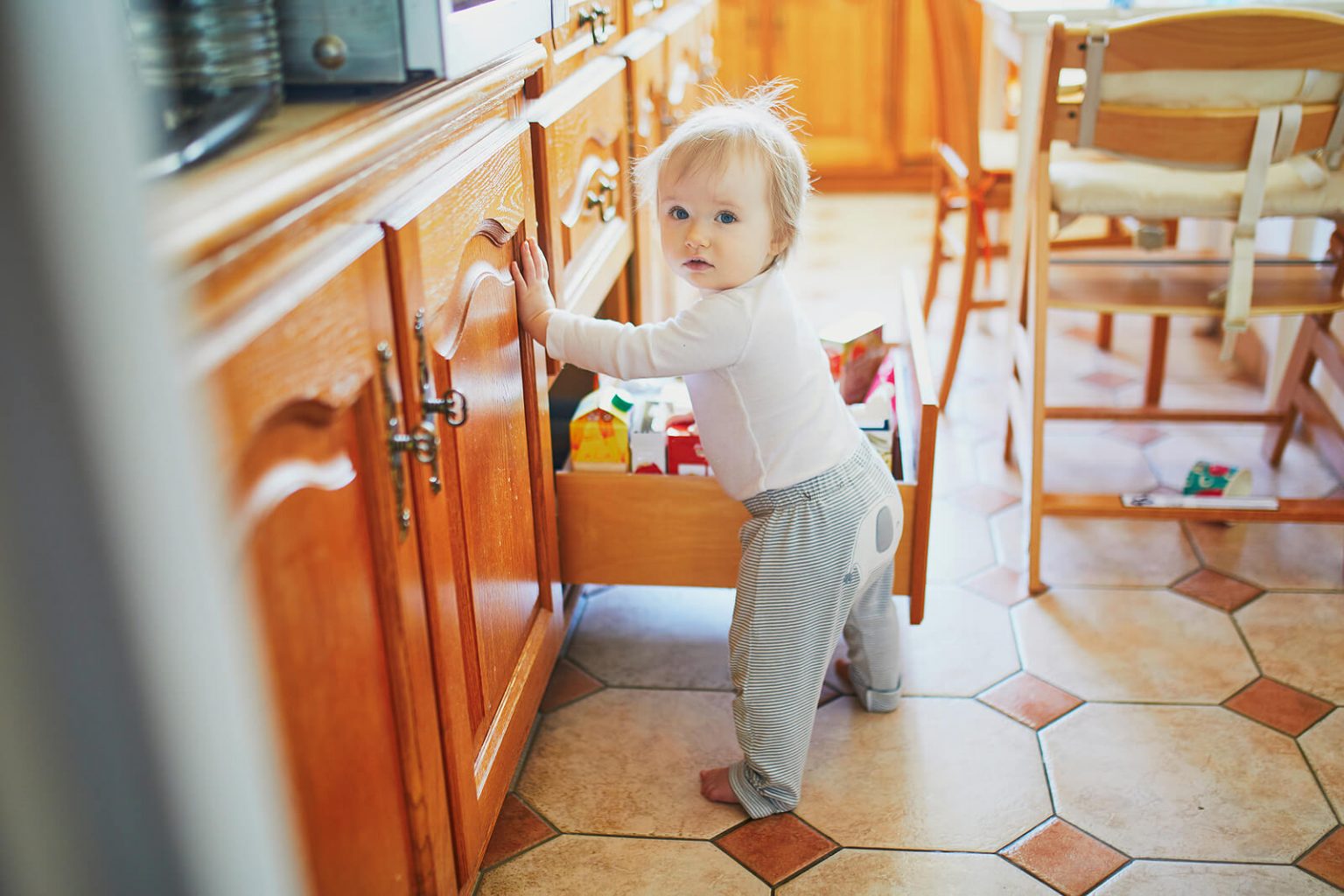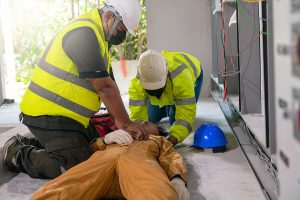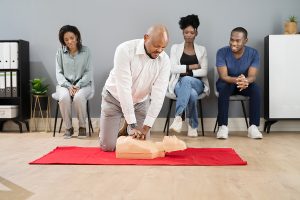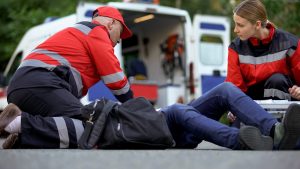Becoming a foster parent is an incredible, rewarding journey. It is an amazing way to help your local community, grow as a family, and even change lives. As a foster parent, you have your foster child’s best interests at heart and want to do everything you can to keep them safe. One important aspect of that is house safety and creating a safe, comfortable environment for your new family member.
Whether you’re learning how to prepare for your first foster child, or you’ve had experience as a foster parent before, it might be a daunting task to get your home ready for a new addition. Keeping some basic safety principles in mind can make sure that your foster child’s adjustment is smooth. We’ve created this home safety checklist for foster parents to help you get started:
-
Become CPR and First Aid Certified
In California, it is a requirement for prospective foster parents to be CPR and first aid certified. CPR and first aid classes will help you feel more equipped to handle potential emergencies if your foster child is injured. By acting quickly in a dangerous situation, you could very well save a child’s life!
SureFire CPR’s CPR & First Aid Training For Foster Parents course covers essential topics such as child and infant CPR, conscious and unconscious choking for victims of all ages, AED use, and basic first aid. During the course, you’ll receive in-depth training from medical experts and have the opportunity to ask questions. Successful completion of the class will result in a 2-year certification. Contact us to register today!
-
Consider Fire Safety
As you learn how to prepare to be a foster parent, fire safety is another important consideration. As always, ensure that smoke detector batteries are in good condition, follow state home inspection regulations, and remember fire safety best practices. Every family also needs to have a strong plan of action should a fire start, including a meeting place that’s a safe distance from your home. Share your family’s fire safety plan with your foster child so that everyone is on the same page in the event of an emergency.
The same considerations apply for natural disasters like earthquakes or wildfires. Check out our previous blog post on how to teach your child earthquake safety.
-
Establish Rules
Another important safety checklist item to set rules for your foster child. Are certain rooms or areas of the house off-limits? How far out into the neighborhood can they play? Is food in your pantry self-serve or should they ask for help first? Work with your family and your foster child to establish any necessary boundaries and rules that will help keep everyone safe. Your foster child might not have been exposed to certain rules that we might consider obvious, so be patient and clear about your expectations.
-
Properly Store Fragile Objects
As with any child, sometimes accidents happen. It is important to keep sentimental, irreplaceable, or fragile items out of reach to prevent damage and––more importantly––to keep your foster child safe. Things like glass heirlooms or important documents should be stored in a safe, responsible manner. Depending on your foster child’s age, consider what they can access and what poses a hazard. You’ll want to run a full sweep of your home and make sure that these items are put away.
-
Keep Dangerous Items Out of Reach
Similarly, you’ll need to ensure that any potentially dangerous item is properly stored. Items like chemical cleaners, sharp knives, or medications might seem like innocuous essentials in your home, but they can pose a safety threat if they aren’t secured in an inaccessible location. For younger foster children, you’ll also want to keep choking hazards like window blind cords or small objects in mind as well.
-
Secure Unsafe Areas of the Home
While you check your home for hazardous or fragile objects, you will also want to investigate for areas that could cause safety concerns. Do you have a fireplace? Is your washer and dryer in a closed-off area? When taking in a younger foster child, you should also make sure risk areas like stairwells are closed off if necessary.
These principles apply to yards, garages, and other outside areas of your home as well. Confirm that they’re free of dangerous items, such as lawn care equipment and power tools. If you have a pool or hot tub, make sure that it’s closed and secured when not in use.
-
House Keys
Consider making a copy of your house keys for older foster children who might be coming and going on their own. This will help them feel a sense of independence and trust, but it is also a way to keep them protected. If your foster child arrives back from school early or returns home late at night, it is important that they can safely enter your house. If your foster child is too young to have their own set of keys, put another plan in place like having a trusted neighbor to call.
Prepare Your Home For Foster Children with SureFire CPR
Are you ready to start learning how to prepare your home for foster care? SureFire CPR’s CPR and First Aid Training For Foster Parents course can help. Contact our team at (888) 277-3143 or through our online contact form to enroll today!
Congratulations on your decision to become a foster parent. It is because of people like you that children in the foster care system can experience a safe, loving home. We hope that our safety checklist and tips for first time foster parents have helped you feel prepared as you begin your foster journey.







